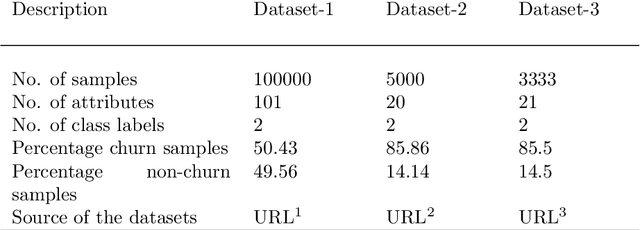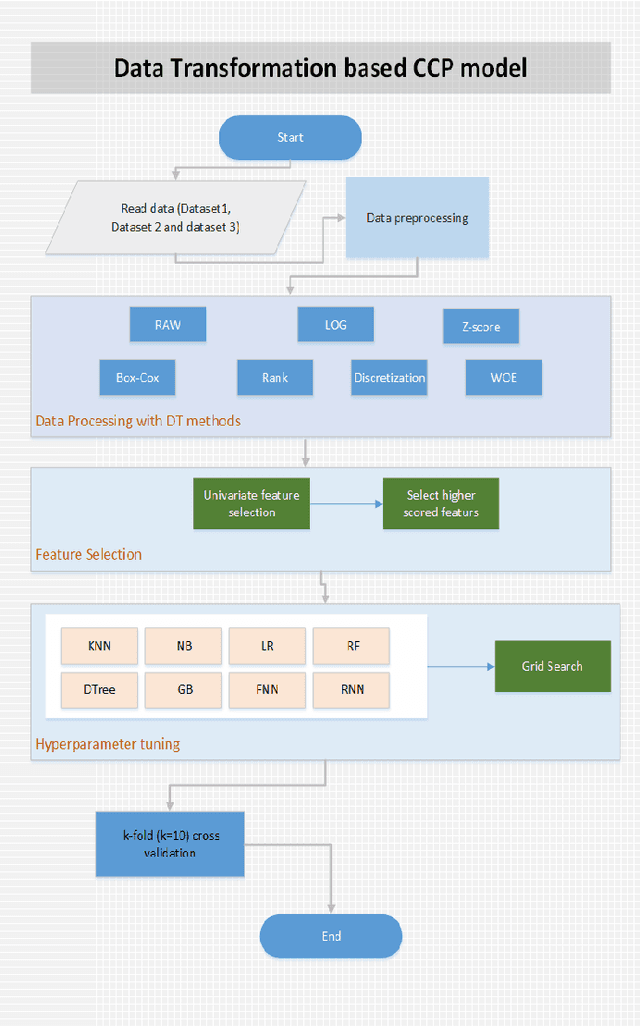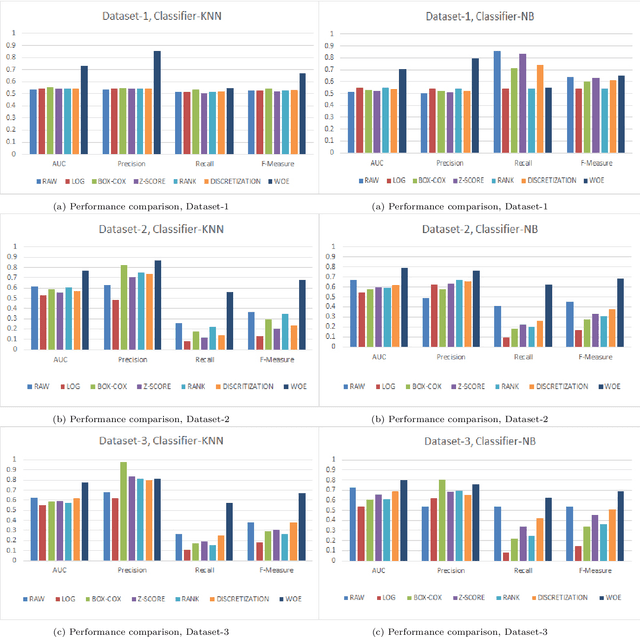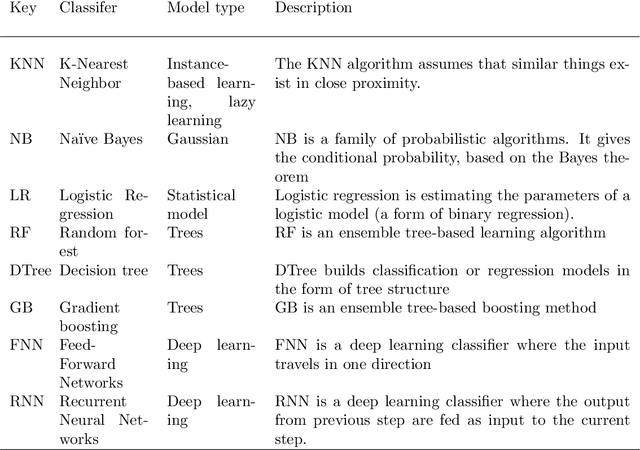M. Saifur Rahman
DFCon: Attention-Driven Supervised Contrastive Learning for Robust Deepfake Detection
Jan 28, 2025



Abstract:This report presents our approach for the IEEE SP Cup 2025: Deepfake Face Detection in the Wild (DFWild-Cup), focusing on detecting deepfakes across diverse datasets. Our methodology employs advanced backbone models, including MaxViT, CoAtNet, and EVA-02, fine-tuned using supervised contrastive loss to enhance feature separation. These models were specifically chosen for their complementary strengths. Integration of convolution layers and strided attention in MaxViT is well-suited for detecting local features. In contrast, hybrid use of convolution and attention mechanisms in CoAtNet effectively captures multi-scale features. Robust pretraining with masked image modeling of EVA-02 excels at capturing global features. After training, we freeze the parameters of these models and train the classification heads. Finally, a majority voting ensemble is employed to combine the predictions from these models, improving robustness and generalization to unseen scenarios. The proposed system addresses the challenges of detecting deepfakes in real-world conditions and achieves a commendable accuracy of 95.83% on the validation dataset.
Data transformation based optimized customer churn prediction model for the telecommunication industry
Jan 11, 2022



Abstract:Data transformation (DT) is a process that transfers the original data into a form which supports a particular classification algorithm and helps to analyze the data for a special purpose. To improve the prediction performance we investigated various data transform methods. This study is conducted in a customer churn prediction (CCP) context in the telecommunication industry (TCI), where customer attrition is a common phenomenon. We have proposed a novel approach of combining data transformation methods with the machine learning models for the CCP problem. We conducted our experiments on publicly available TCI datasets and assessed the performance in terms of the widely used evaluation measures (e.g. AUC, precision, recall, and F-measure). In this study, we presented comprehensive comparisons to affirm the effect of the transformation methods. The comparison results and statistical test proved that most of the proposed data transformation based optimized models improve the performance of CCP significantly. Overall, an efficient and optimized CCP model for the telecommunication industry has been presented through this manuscript.
VFPred: A Fusion of Signal Processing and Machine Learning techniques in Detecting Ventricular Fibrillation from ECG Signals
Jul 24, 2018



Abstract:Ventricular Fibrillation (VF), one of the most dangerous arrhythmias, is responsible for sudden cardiac arrests. Thus, various algorithms have been developed to predict VF from Electrocardiogram (ECG), which is a binary classification problem. In the literature, we find a number of algorithms based on signal processing, where, after some robust mathematical operations the decision is given based on a predefined threshold over a single value. On the other hand, some machine learning based algorithms are also reported in the literature; however, these algorithms merely combine some parameters and make a prediction using those as features. Both the approaches have their perks and pitfalls; thus our motivation was to coalesce them to get the best out of the both worlds. Hence we have developed, VFPred that, in addition to employing a signal processing pipeline, namely, Empirical Mode Decomposition and Discrete Time Fourier Transform for useful feature extraction, uses a Support Vector Machine for efficient classification. VFPred turns out to be a robust algorithm as it is able to successfully segregate the two classes with equal confidence (Sensitivity = 99.99%, Specificity = 98.40%) even from a short signal of 5 seconds long, whereas existing works though requires longer signals, flourishes in one but fails in the other.
 Add to Chrome
Add to Chrome Add to Firefox
Add to Firefox Add to Edge
Add to Edge